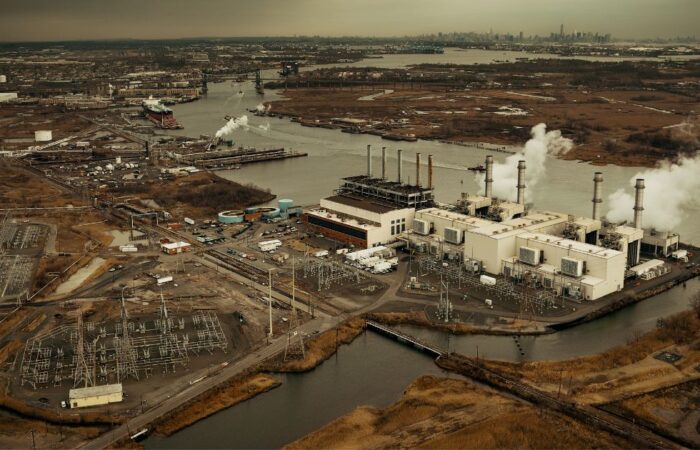Article#: DGC/ART/005
In today’s dynamic industrial landscape, businesses thrive on precision and adaptability. As industries evolve, the demand for engineering solutions that prioritize client needs has intensified. Enter client-centric design—an approach that integrates tailored engineering solutions to optimize efficiency, productivity, and overall operational success.
The Essence of Client-Centric Design
Client-centric design is more than just customization; it’s a strategic methodology that aligns engineering solutions with unique operational requirements. Instead of offering standardized products or services, businesses analyse specific challenges and craft solutions that seamlessly integrate with their clients’ workflows, ensuring maximum efficiency and long-term value.
Key Benefits of Tailored Engineering Solutions
- Optimized Performance
When engineering solutions are designed with a client’s operational nuances in mind, performance is significantly enhanced. Whether it’s precision in manufacturing processes, streamlined logistics, or advanced automation, bespoke designs eliminate inefficiencies and enhance productivity. - Cost-Effective Innovation
Custom solutions may require initial investments, but they lead to long-term savings. By addressing exact pain points, businesses reduce waste, lower maintenance costs, and improve energy efficiency—all contributing to greater financial sustainability. - Seamless Integration
Industries operate on interconnected systems. Engineering solutions that seamlessly integrate with existing infrastructure eliminate redundancies, promote better resource utilization, and reduce downtime. This ensures smoother transitions in scaling operations or implementing technological advancements. - Enhanced User Experience & Safety
From industrial machinery to smart building systems, user interaction plays a critical role in efficiency. Solutions tailored for usability and ergonomic considerations improve operational ease, enhance workforce safety, and reduce risks related to equipment failure or inefficiencies.
Industries Benefiting from Client-Centric Engineering
Several industries have reaped significant advantages by adopting tailored engineering solutions. Here are a few examples:
- Manufacturing & Production – Companies optimize workflows with specialized machinery that minimizes waste and accelerates production cycles.
- Construction & Infrastructure – Engineering designs integrate smart materials, adaptive layouts, and eco-conscious elements to maximize sustainability and efficiency.
- Logistics & Supply Chain – Intelligent automation, real-time monitoring, and custom storage solutions streamline distribution and inventory management.
- Residential & Commercial Development – Smart buildings incorporate tailored energy-efficient systems, IoT integration, and customized architectural solutions for optimized comfort and operational performance.
Future Trends in Client-Centric Engineering
The rise of Industry 4.0 and AI-driven automation is revolutionizing engineering practices. As businesses continue to prioritize adaptive technologies, the synergy between tailored design and operational efficiency will strengthen further. Key trends include:
- Predictive Analytics – Using AI-powered data insights to anticipate operational needs and optimize resource allocation.
- Modular & Scalable Systems – Solutions that adapt to evolving industry demands without extensive infrastructure overhauls.
- Sustainable Engineering – Incorporating energy-efficient designs and eco-friendly materials to reduce environmental impact.
- Advanced Digital Twin Technology – Simulating real-world environments to refine engineering solutions before implementation.
Conclusion
Client-centric design is no longer a luxury—it’s a necessity for industries striving for operational excellence. By prioritizing customization, integration, and efficiency, businesses can not only enhance performance but also establish a competitive edge in their respective fields.
In a world driven by innovation, tailored engineering solutions pave the way for sustainable, adaptable, and highly efficient operational frameworks. The future belongs to those who embrace precision, personalization, and the power of client-focused innovation.






